CRN Software Defined Data Center Roundtable: 5 Ways Vendors Are Solving The Channel's Skills Gap
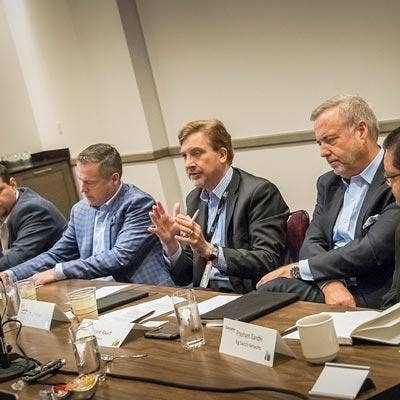
Addressing The Software-Defined Data Center Skills Gap
With the autonomous data center on the horizon, leading channel vendors Hewlett Packard Enterprise, Dell Technologies, Veeam and Big Switch Networks are delivering a new era of partner enablement tools for the modern software defined data center.
Some have created hands-on training while others are focused on making technology simpler to deploy and manage. IT leaders recently spoke to CRN during a Software-Defined Data Center (SDDC) roundtable about channel enablement strategies.
The following excerpts are from Frank Rauch, vice president of VMware's Americas Partner Organization; Prashant Gandhi, chief product officer for Big Switch Networks , Peter McKay, Co-CEO and president of Veeam; Paul Miller, vice president of marketing at HPE; and Chad Dunn, vice president of product management and marketing at Dell ECM.
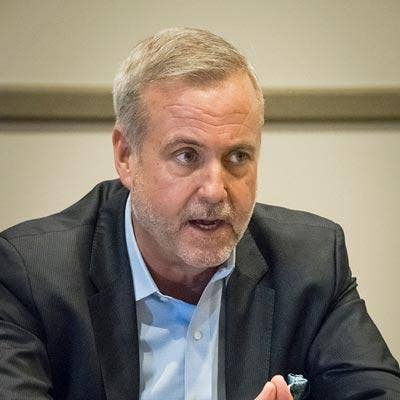
VMware: Frank Rauch
Channel Enablement Strategy: TestDrive & Assessments
[We] have this thing called TestDrive. It's around how do you take the theoretical, how do you take the abstract, and how do you make it real? Well, what you do is you bring in a trailer full of VxRail's, and basically dump them in a location in a big city. You let the customers have to handle an experience so that they become comfortable with the technology. It's a phenomenal program, and we're driving great ROI through the channel through it.
There's the blue-collar solution providers that want to be able to get into the software defined game. For those guys, we have the assessments. We did it over 5,300 assessments last year with the channel and that's basically on virtual storage, compute, virtual networking, etc. That gives them a starting point because now it's actionable. Now they sit in front of a customer, they do the read out. The benefits of the software defined environment are quantifiable, and they're able to act on that.
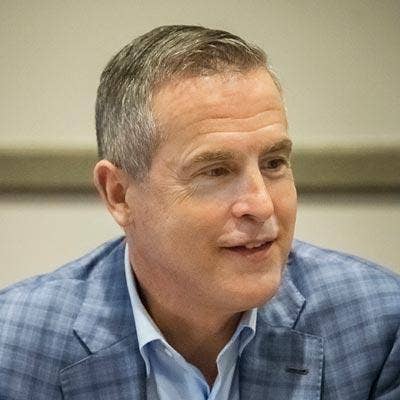
Veeam: Peter McKay
Channel Enablement Strategy: Services Training Teams
We're 100 percent channel, so all of our channel partners, or a select group, do services. What we've had to do is develop the frameworks, SWAT teams and best practices where we now have a team that trains the partners who want to do services, on how to do [SDDC] services. It's a critical part, especially in the mid-to-upper end [market], where Veeam doesn't have that services capability. We rely on our partner community to do that. Mileage varies, but that's a critical part of our success. They have to take on more of that services effort because that's something we don't do.
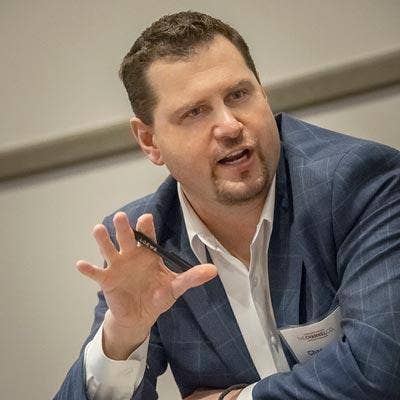
Dell EMC: Chad Dunn
Channel Enablement Strategy: Pivotal Labs
You can drop a cloud native ready architecture on a customer today, but they don't know what to do with it on day two. That's where something like Pivotal Labs becomes critically important, because cloud is not a destination, it's an operating model. So you have to know what that operating model is and that's what Pivotal Labs does: it comes in and teaches a customer, 'How are you going to behave? How are you going to develop in this new world?' … Channel partners are going to start to have to pick up some of these competencies and help customers on their journey.
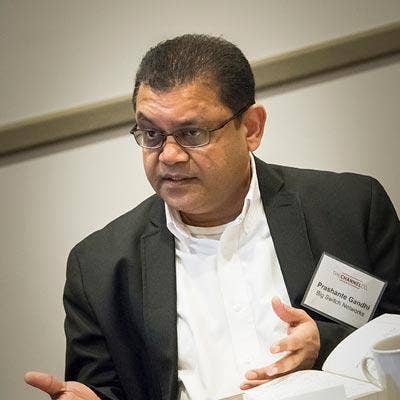
Big Switch Networks: Prashant Gandhi
Channel Enablement Strategy: Automation Innovation
At the end of the day [for the partner] it's, how do you make money and how do you improve margins? The question is, can you leverage automation in your favor? What does automation provide you? It provides you for the same staff to be able to scale more, to do more services and more infrastructure. … If you reduce your cost, your margins improve significantly. Automation allows you to do that because every time you add a device, if it's automation friendly, then your time to deploy that device significantly reduces, and therefore you pocket all that money. If you look at Big Switch's thought process, especially in networking, we think of our solutions as one resilient logical switch. It doesn't matter how many switches are underneath there are. You can start with 10 switches, add another 10 switches -- your complexity of adding those switches remains exactly as one switch, and therefore you are improving your margins significantly even though your customer thinks that you're working very hard extending the infrastructure in a scale-up manner. … We do a lot of the heavy lifting in our Big Switch products, both our Big Cloud Fabric and Big Monitoring Fabric.
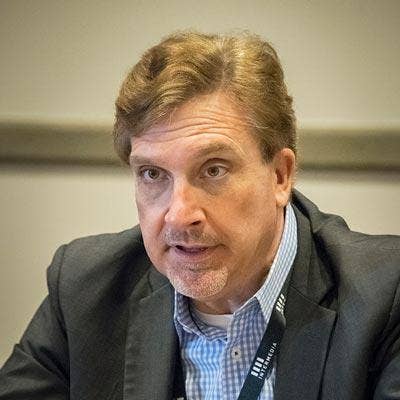
HPE: Paul Miller
Channel Enablement Strategy: Open API's & Embracing DevOps Community
We've taken an approach of really embracing the DevOps community. You'll find us at DockerCon, or at ChefConf, you'll find us at Puppet event. We go to all these events. The main people we're selling to, they were born up with management tools. Software defined is different, it's about an API. What we try to do is through HPE OneView, and in the community we have with OneView, is to have a community of partners who plug into that API. … We got an open API through OneView and Synergy, [so] channel partners have an opportunity to go take those and engage with the client and say, 'Not every Chef recipe is the same for every client.' Partners can invest a little bit of skill to say, 'Hey I can serve this up because I understand your specific workloads,' or 'I understand how you're integrating Puppet or Chef with whatever the famous tool is of the week.' … It's all about API enablement of technologies.